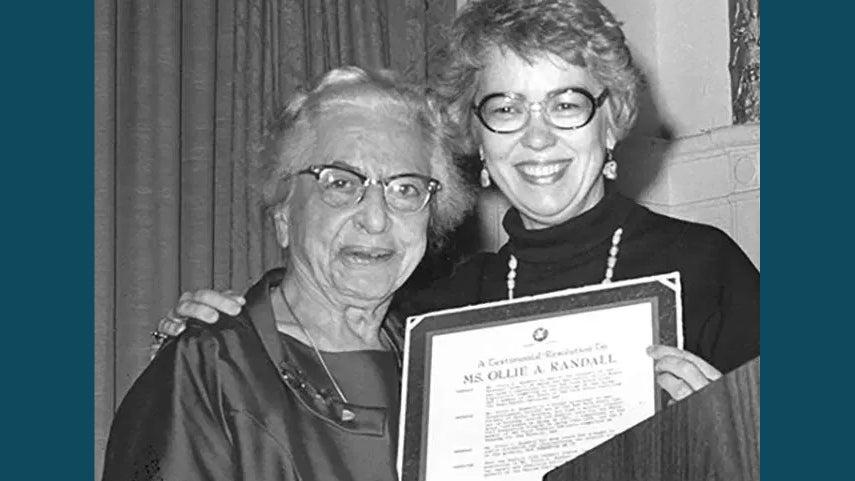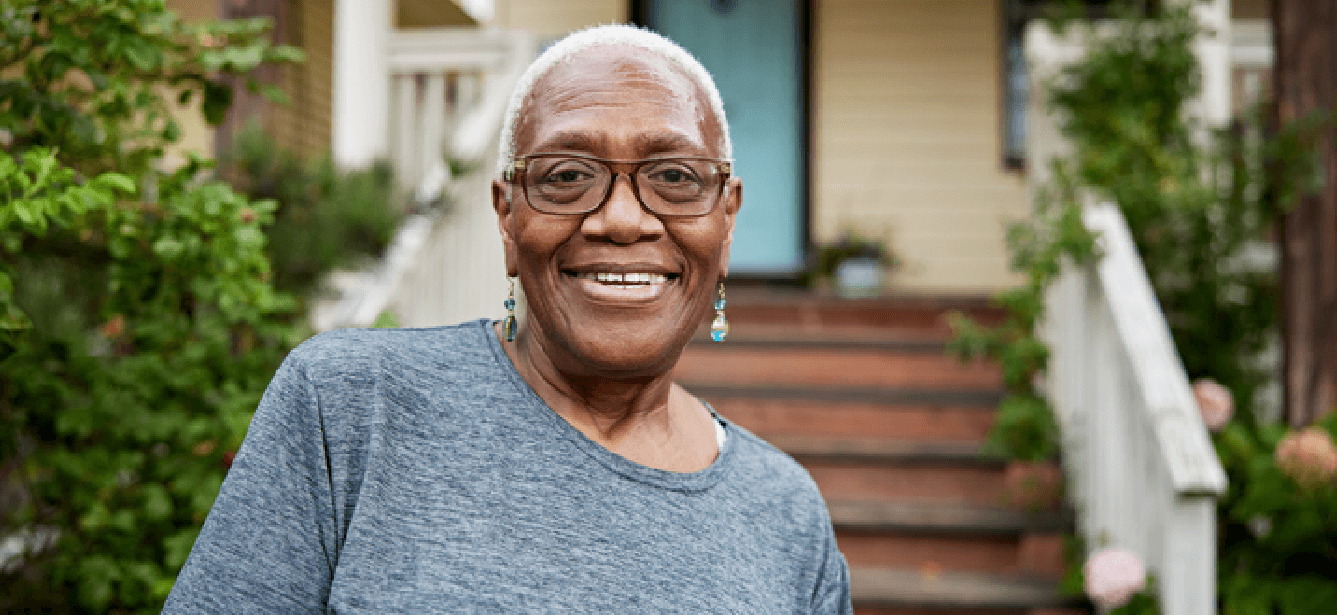Ramsey Alwin on Supporting Older Workers Amid the COVID-19 Pandemic and Beyond
5 min read

Related Topics
Since 1950, older workers have been an important focus of NCOA’s program and policy efforts. NCOA recognized early that older adults face unique challenges to remaining in the workforce—including ageism and a lack of training and employment services tailored to their needs.
On April 29, 2021, NCOA President and CEO Ramsey Alwin appeared before the U.S. Senate Special Committee on Aging about the vital need to support older workers in a hearing titled A Changing Workforce: Supporting Older Workers Amid the COVID-19 Pandemic and Beyond.

Chairman Casey, Ranking Member Scott, and members of the Committee, thank you for this opportunity. At the National Council on Aging, we are guided by our Our Promise—that aging well should be a right, not a privilege. For millions of Americans, aging well means being able to work up to and beyond traditional retirement age. As longevity climbs and Americans struggle to save for retirement, work is essential to affording a longer life.
Since 1968, NCOA has been proud to administer the Labor Department’s Senior Community Service Employment Program or SCSEP, which trains and places disadvantaged older adults into work. Today, we provide SCSEP services in 11 states and Puerto Rico, including Georgia, New York, North Carolina, and Pennsylvania. This has given us clear insight into the tremendous value of older workers.
Older workers and the pandemic
Over the past year, older adults have felt the devastating impact of COVID-19 on their employment status:
- As of March, over 1.7 million older workers remain unemployed.
- Between August and January, 1.1 million older workers left the workforce entirely.
- The drop in employment among older workers of color was twice that of whites.
- Older women experienced some of the highest rates of unemployment and were among those most likely to lose their job or leave the labor market.
- Older workers also struggle with long-term unemployment of 27 weeks or more at greater rates than their younger counterparts.
- Over half (54%) of jobless older adults in March were long-term unemployed.
If we are not intentional in targeting our policy solutions, the economic impact of these job losses will position too many older adults to age into poverty. I would like to share three potential solutions today.
Three public policy solutions to support older adult workers
Solution 1: First and foremost, we must strengthen federal age discrimination protections. Ageism is the last socially acceptable form of discrimination in our society—and it remains stubbornly ingrained in the workplace. It’s time to treat it the same as every other unlawful bias.
Senator Casey’s Protecting Older Workers Against Discrimination Act is a great start, and we applaud him and Senator Collins for this bipartisan effort. We also support legislation such as the Protect Older Job Applicants Act championed by Representative Sylvia Garcia. On top of prohibiting birth dates on job applications, we recommend banning questions related to graduation dates and salary history.
Solution 2: We need to expand job placement and training services. Older workers have been left behind by public workforce programs, which view them as too challenging for job training and placement, fail to recognize part-time and flexible work as measurable successes, and lack the targeted assistance and wraparound services older workers need.
The exception is SCSEP, and it should receive significant investments to restore the erosion in funding over the past decade and enable the program to respond to the challenges of today. We know the program works. Participants who secure work earn more in their first year than the annual training costs, and 7 in 10 remain on the job a year later. Yet, current appropriations are 60 million dollars less than the funding nearly three decades ago. As a result, SCSEP is currently serving far less than 1 percent of those eligible.
At a minimum, FY2022 appropriations should equal at least the 480 million dollars approved in the 2020 reauthorization with bipartisan support. In proposals to expand and create new job training programs, older workers must be included.
We applaud the President’s call for a substantial investment in proven workforce development programs. A recovery investment in SCSEP of at least $500 million should be included.
Also, older workers should be explicitly listed as eligible and prioritized for expanded and new workforce development efforts.
Solution 3: We must also ensure access to quality job opportunities.
The federal Work Opportunity Tax Credit rewards employers that hire individuals from specific groups who have faced significant barriers.
NCOA endorsed prior legislation to expand WOTC to include low-income older workers, and we believe this is needed again. We also endorse Senator Casey’s Disability Employment Incentive Act, which would extend the WOTC to individuals with disabilities. Quality job opportunities mean flexible work arrangements, as well.
We look forward to working with Ranking Member Scott on his legislation to support older entrepreneurs. But we are mindful of the barriers individuals face in taking full advantage of entrepreneurship, gig, and other flexible work. For these arrangements to be available to all, income support, benefits, and wraparound services are crucial.
Increased federal leadership is needed
An Older Workers Bureau housed at the Labor Department could lead a focused effort across federal agencies to maximize older adults’ workforce participation and that would be good for older adults, employers, and society.
Mr. Hawkins, an Airforce veteran and successful SCSEP participant working again, sums it up well: “I now live life to the fullest as compared to just existing.”
And, that’s the power of work at every age.
Thank you again, and I look forward to answering any questions you may have.
This written testimony was provided to the Committee in support of her oral testimony.



